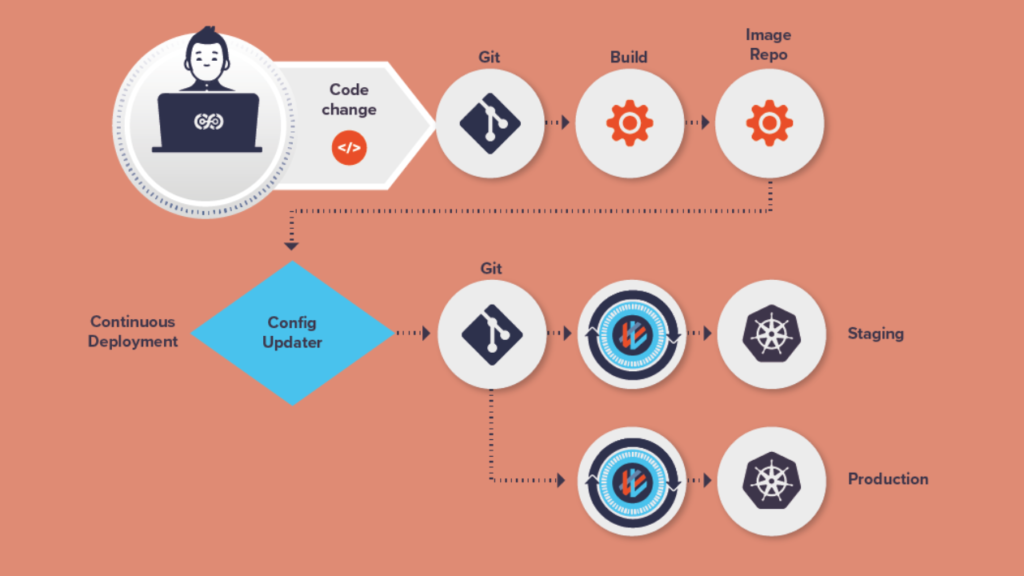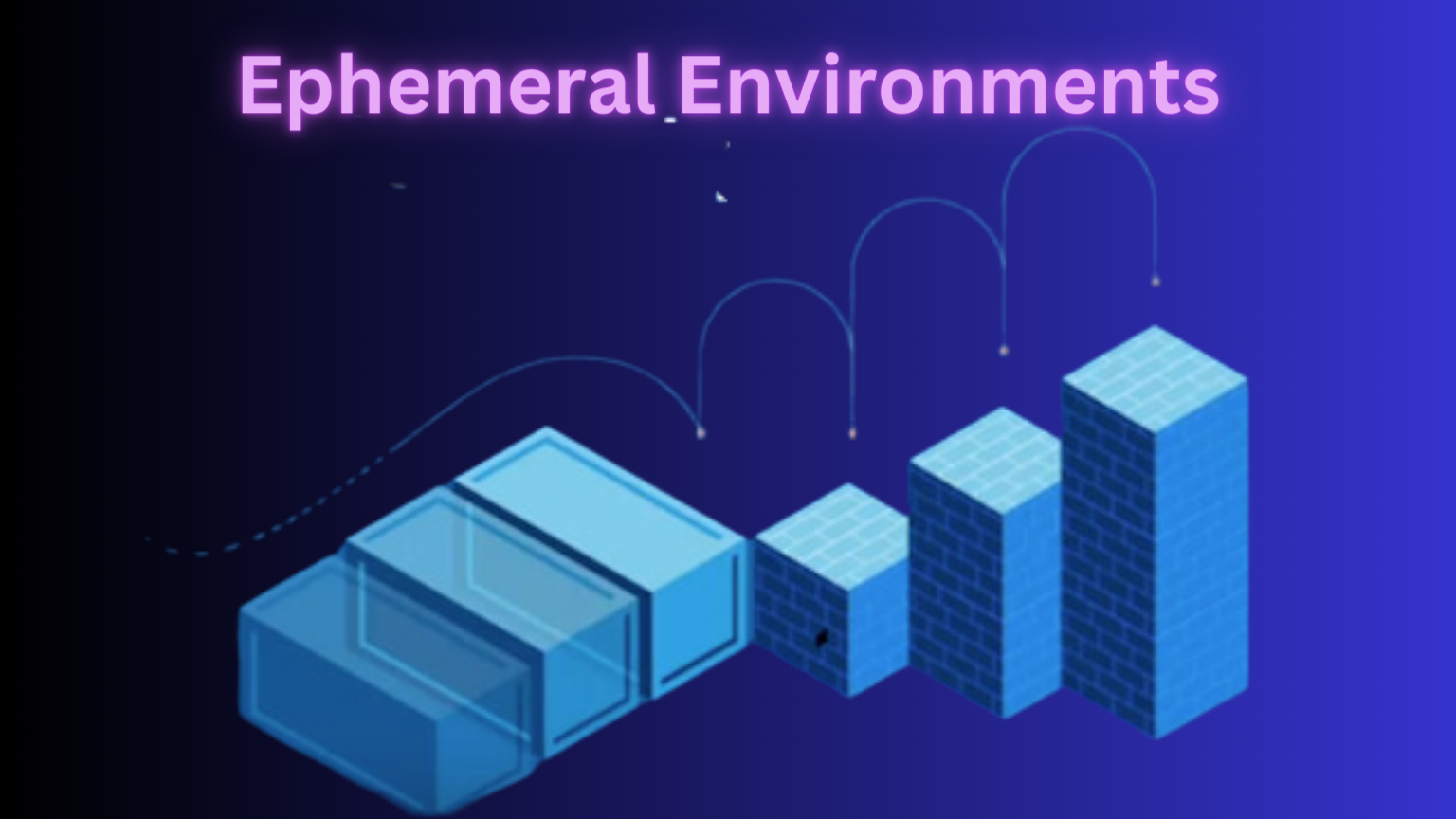In today’s fast-paced world, software development has become a critical component of many businesses. With the increasing demand for software, it has become essential to deliver high-quality software quickly and efficiently. This is where Continuous Delivery (CD) comes in. CD is a software development practice that enables teams to deliver software frequently and reliably.
In this article, we will explore the importance of CD in modern software development, the key principles of CD, and the common Continuous Delivery tools used in the industry.
What Exactly is Continuous Delivery (CD)?
Continuous Delivery is a software development practice that enables teams to deliver software frequently and reliably. It involves automating the software delivery process, from building the code to deploying it to production.

Importance of CD in Modern Software Development
CD is essential in modern software development because it enables teams to deliver software quickly and efficiently. It reduces the time between writing code and deploying it to production, which means that businesses can respond to market changes faster. The CD also reduces the risk of errors and bugs in the software, as it involves automated testing and quality assurance.
Role of Continuous Delivery Tools
Continuous Delivery tools play a crucial role in enabling teams to implement CD. These tools automate the software delivery process, from building the code to deploying it to production. They also facilitate collaboration between team members and provide visibility into the software delivery process.
Key Principles of Continuous Delivery Automation
1. Why automation is crucial in CD?
Automation is crucial in CD because it enables teams to deliver software quickly and efficiently. It reduces the time and effort required to build, test, and deploy software. Automation also reduces the risk of errors and bugs in the software, as it involves automated testing and quality assurance.
2. How do CD tools facilitate automation?
CD tools facilitate automation by providing a platform for teams to automate the software delivery process. These tools automate tasks such as building the code, running tests, and deploying the software to production. They also provide visibility into the software delivery process, enabling teams to identify and fix issues quickly.
Importance of cross-functional collaboration
Cross-functional collaboration is essential in CD because it enables teams to work together to deliver software quickly and efficiently. It involves collaboration between developers, testers, and operations teams. Cross-functional collaboration also ensures that everyone is working towards the same goal, which is to deliver high-quality software.
Continuous Delivery Tools for Enhancing Collaboration
CD tools enhance collaboration by providing a platform for teams to work together and share information. These tools enable teams to collaborate on code, track changes, and share feedback. They also provide visibility into the software delivery process, enabling teams to identify and fix issues quickly.
Common Continuous Delivery Tools
1. Explanation of build automation in CD
Build automation is the process of automating the build process, from compiling the code to creating executable files. It is a critical component of CD because it enables teams to build and test software quickly and efficiently.
Examples of Tools (e.g., Jenkins, Travis CI)
Jenkins and Travis CI are two popular build automation tools used in the industry. Jenkins is an open-source automation server that enables teams to automate the software delivery process. It provides a platform for teams to build, test, and deploy software. Travis CI is a cloud-based continuous integration and deployment platform that enables teams to build and test software quickly and efficiently.
2. Role of Deployment Automation in CD
Deployment automation is the process of automating the deployment process, from deploying the code to production to configuring the environment. It is a critical component of CD because it enables teams to deploy software quickly and efficiently.
Tools For Deployment Automation (e.g., Docker, Kubernetes)
Docker and Kubernetes are two popular deployment automation tools used in the industry. Docker is a containerization platform that enables teams to package software into containers. These containers can then be deployed to any environment, making it easy to deploy software quickly and efficiently.
Kubernetes is an open-source container orchestration platform that enables teams to automate the deployment, scaling, and management of containerized applications.
Conclusion:
In conclusion, Continuous Delivery is a critical component of modern software development. It enables teams to deliver software quickly and efficiently, reducing the time between writing code and deploying it to production. CD tools play a crucial role in enabling teams to implement CD, facilitating automation and collaboration.
Build automation and deployment automation are two critical components of CD, and tools such as Jenkins, Travis CI, Docker, and Kubernetes are commonly used in the industry. By implementing CD and using CD tools, teams can deliver high-quality software quickly and efficiently, enabling businesses to respond to market changes faster.

















